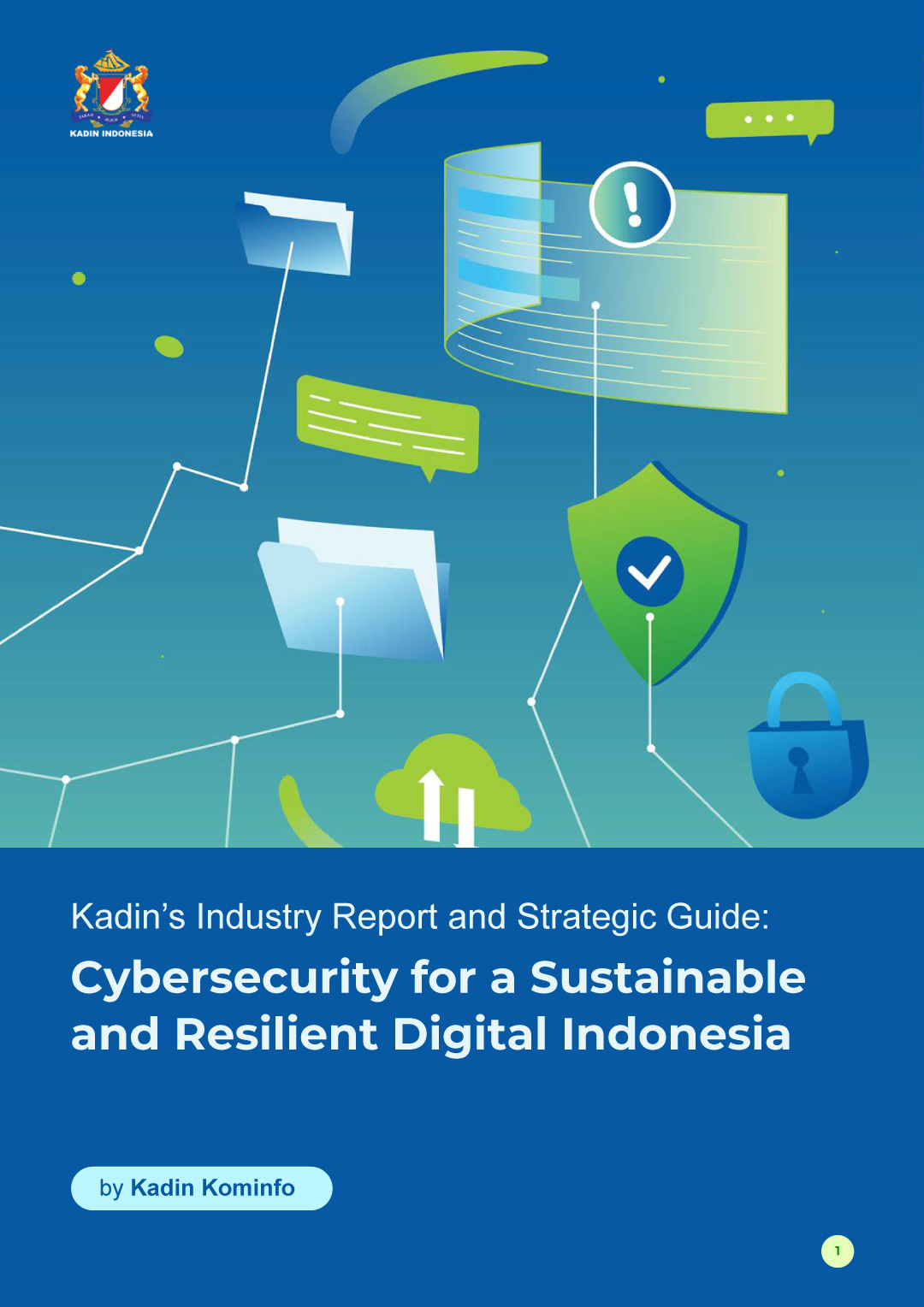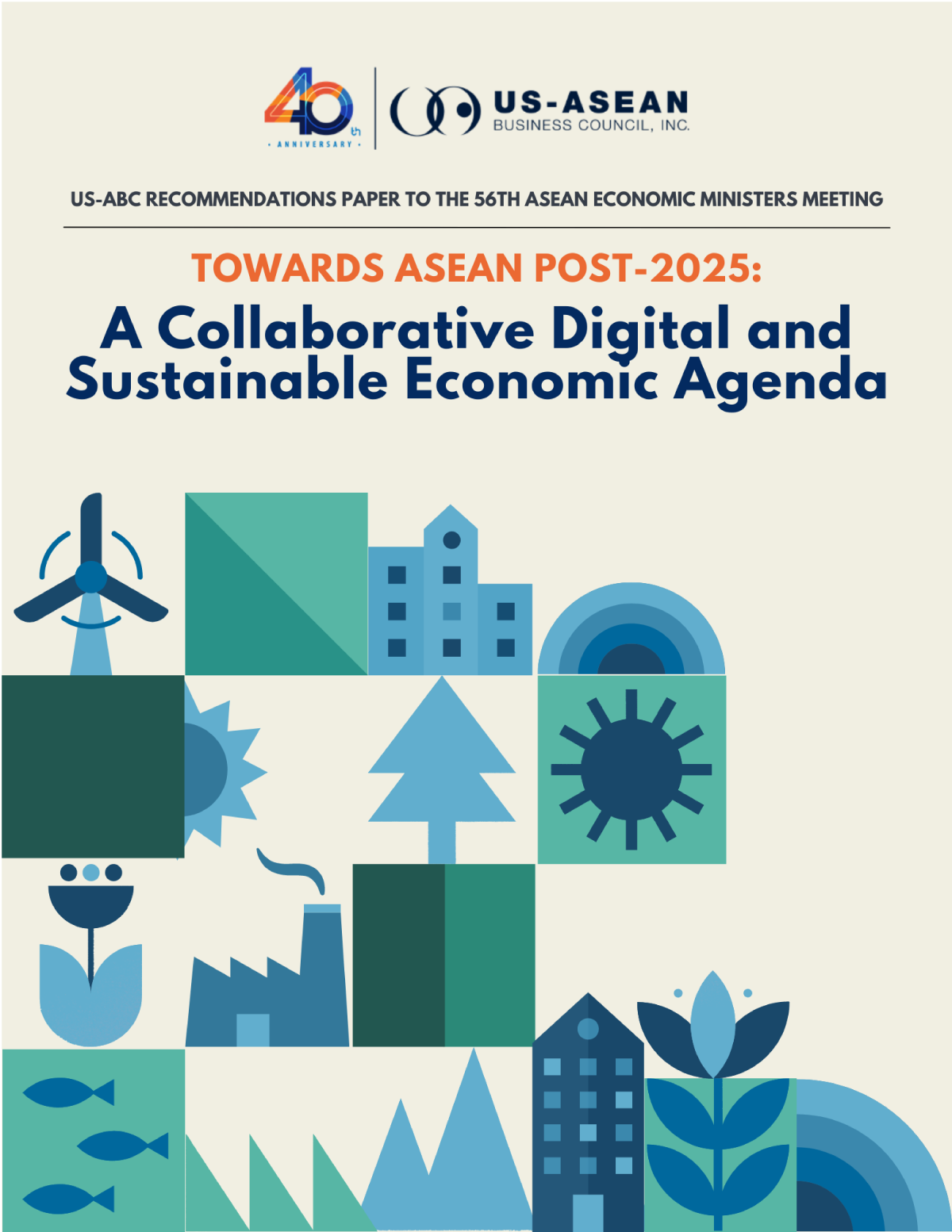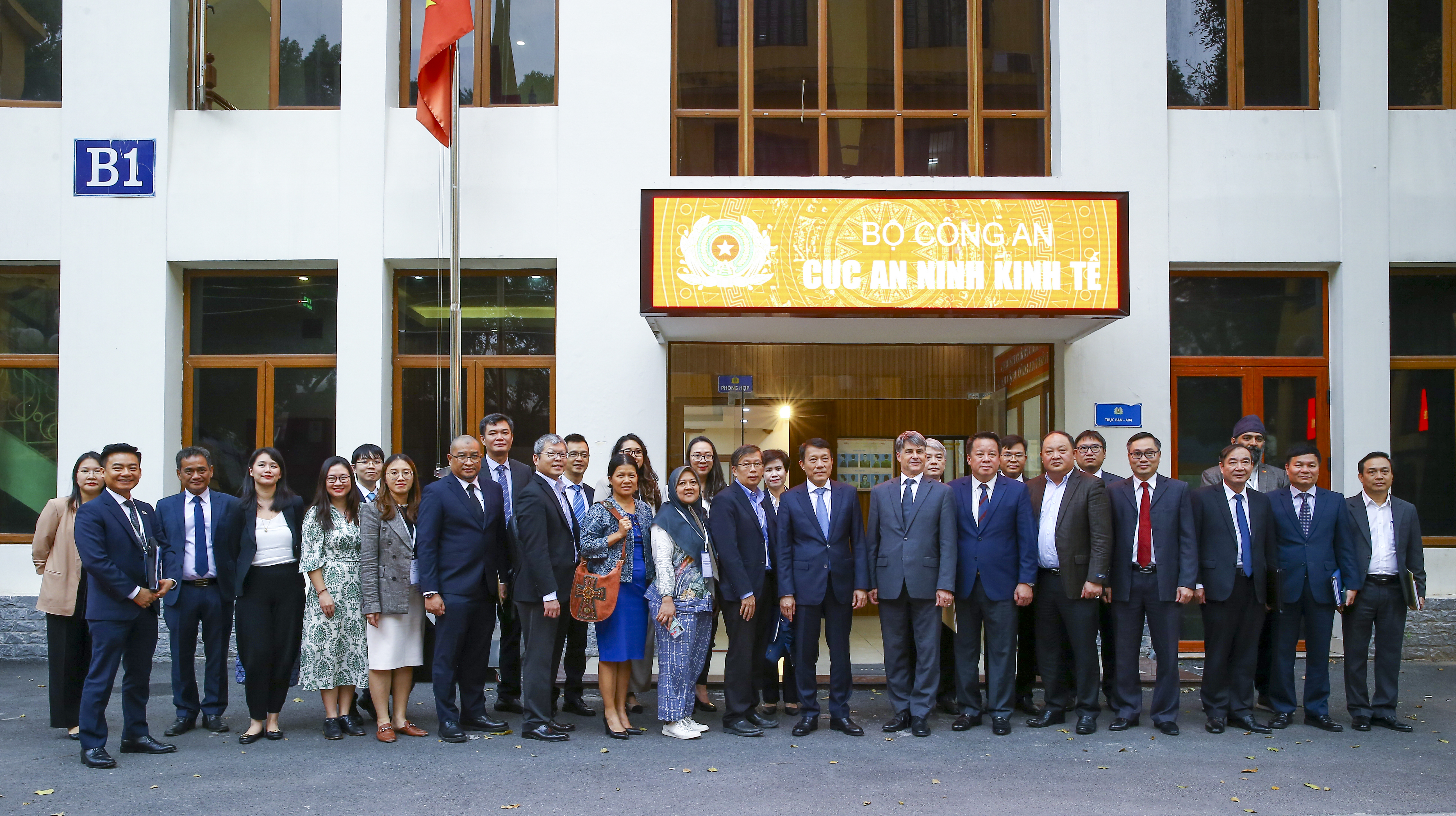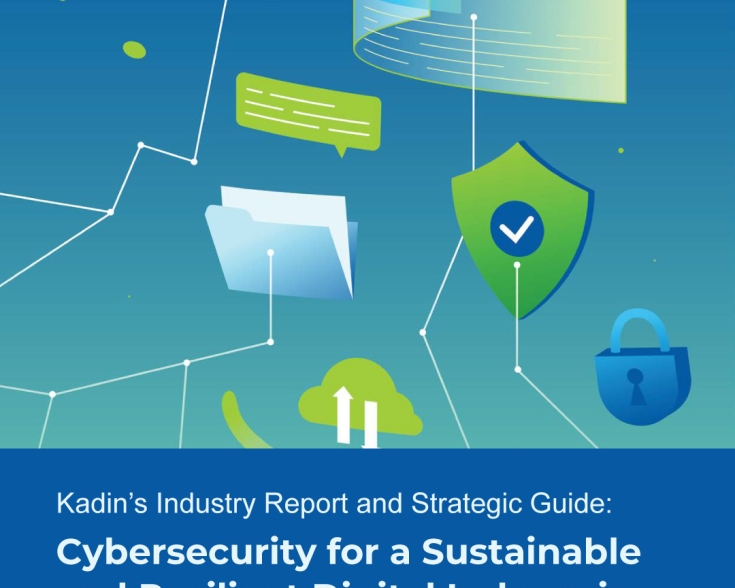Cable Disruptions Call for Urgent Actions
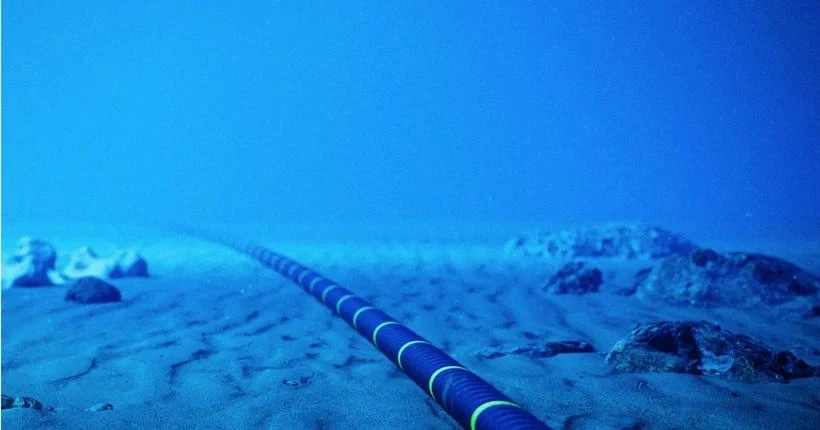
In June, three out of five subsea cables connecting Vietnam with the world experienced failures. These included the Intra Asia (IA), the Asia Pacific Gateway (APG), and the Asia-Africa-Europe-1 (AAE-1) cable. This left the Asia-America Gateway (AAG) as the only cable system responsible for most of Vietnam’s international internet connections, as the other SEA-ME-WE-3 has not been heavily utilized due to its old age. With an internet penetration rate of 79.1% and more than 78 million Internet users by 2023, cable malfunctions pose serious communications challenges to a large part of the population. This also did not come as great news for the fastest-growing digital economy in ASEAN with a potential of US$45 billion by 2025 and could reach US$200 billion by 2030, as transactions rely heavily on fiber optic cables as one of the most critical digital infrastructures.
This is the second time in recent years Vietnam experienced serious cable issues. Between late 2022 to early 2023, simultaneous outages of all five international cables led to one of the worst internet traffic disruptions in its history, with 75% of domestic internet flow being disrupted. The causes of this incident were unclear. While Vietnamese network operators were able to rely on land cables through China to maintain domestic connectivity, this makes necessary internet network depend on China’s network capacity and susceptible to security risks.
According to Vietnam’s Digital Infrastructure Master Plan to 2030, the Ministry of Information and Communications plans to build at least 10 new subsea cables by 2030, of which Vietnam will own at least two. Singapore, Hong Kong, and Japan remain primary points of connection for the country. The Vietnam-Singapore Cable System (VTS), landing in Vietnam, Singapore, Cambodia, Thailand, and Malaysia, with a configuration of 8 fiber pairs, is scheduled to be operational by Q2 of 2027. By the 2025 deadline, Vietnam is expected to nearly double its current bandwidth to 122Tbps through two to four new cables, assuming all five existing cables stay operational.
That said, challenges lie ahead as Vietnam must navigate the growing underwater competition between the U.S. and China and ongoing tensions in the South China Sea that can delay cable deployment process. The Southeast Asia-Japan Cable 2 (SJC2) System with a landing station in Vietnam, for example, was significantly delayed due to China’s lengthy permit process to lay cables within its so-called “nine-dash line”.



